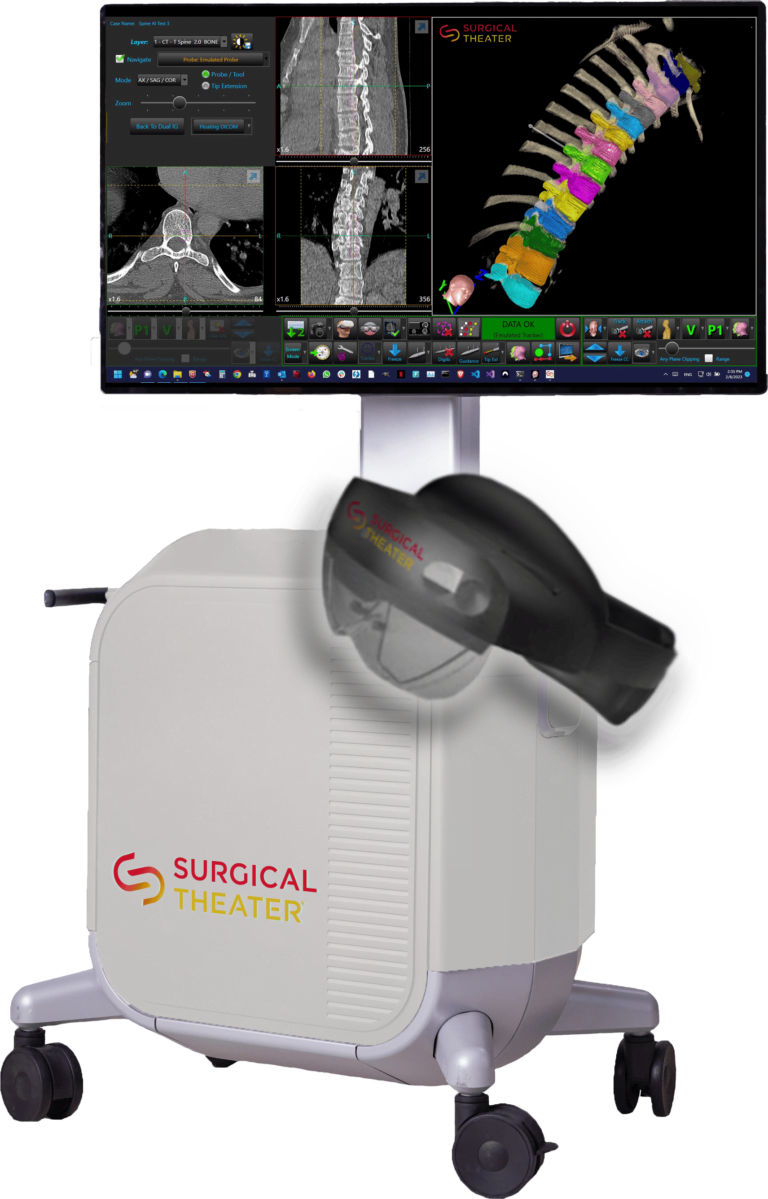AR in medicine: Spinal surgery via Hololens 2 shows the future of medicine

A successful operation at the renowned Stanford Medicine shows how surgeons can use AR in the future.
For years, Stanford Medicine has been working with Surgical Theater to explore new ways to use XR technology in medicine. The first successful spine surgery using AR technology has now been carried out.
First successful spinal surgery performed via Microsoft Hololens
Using Surgical Theater's technology, which relies on the Microsoft Hololens 2 AR headset, surgeons get a better overview during surgery. Specifically, AR objects are superimposed on the patient's anatomy, allowing surgeons to see where organs, arteries, veins, nerves, and other relevant body parts are located. Or even tumors.
Dr. Gary Steinberg, professor of neurosurgery and surgeon at Stanford Medicine, says: “Surgical Theater technology pushes the boundaries of precision and innovation. Our partnership with Surgical Theater has not only improved surgical visualization, but also ushered in a new era of care in which patients benefit from XR solutions that revolutionize the planning and execution of procedures.”
With the support of the Surgical Theater SyncAR Spine, which enables AR overlays via the Hololens 2, a milestone has now been reached in neurosurgery: Dr. Atman Desai, Professor of Neurosurgery and Director of Neurosurgical Spine Oncology, performed a successful tumor resection on the spine.
How is augmented reality used in tumor surgery?
Tumors can be visualized in 3D using AR technology. Surgeons can see the entire tumor via 360° augmented reality even before they make the first incision.

Surgical Theater SyncAR demonstrates the future of XR surgery. | Image: Surgical Theater
These surgeries are difficult, in part because tumors come in many shapes. Full visualization with AR makes it easier to cut around the tumor, minimizing damage to surrounding tissue.
Surgeries with XR support increasingly common in future
Virtual, mixed or augmented reality has enormous potential in medicine. As a result, medical procedures are increasingly being performed in VR.
Alon Zuckerman, president of Surgical Theater, is convinced that XR technology is here to stay: “In the future, surgeons will use augmented reality and mixed reality headsets for every procedure. This will change the way operations are planned and performed.”
Note: Links to online stores in articles can be so-called affiliate links. If you buy through this link, MIXED receives a commission from the provider. For you the price does not change.